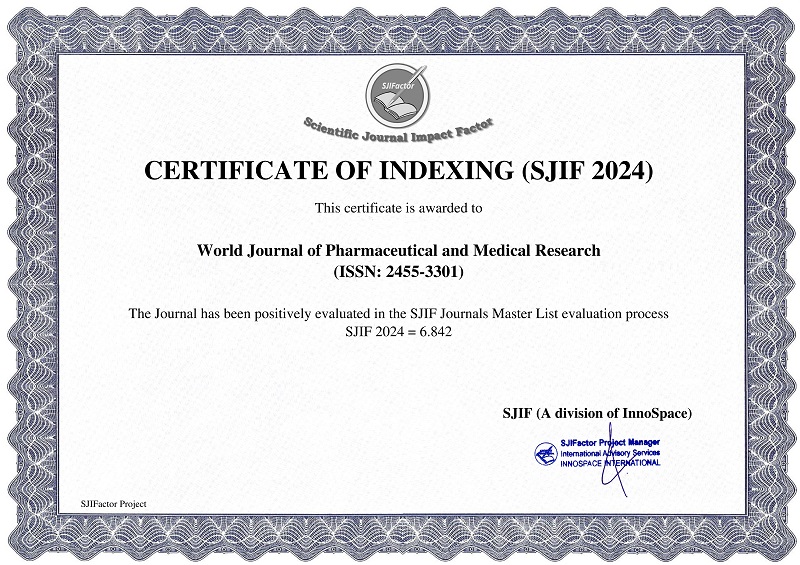RASAVAHA SROTAS: AYURVEDIC PERSPECTIVE ON PHYSIOLOGY, ETIOPATHOGENESIS, AND THERAPEUTIC MANAGEMENT
Dr. Deepali Gautam* and Dr. Ram Mohan Singh Kushwah
ABSTRACT
Aim: This study aims to explore the comprehensive concept of Rasavaha Srotas, focusing on their physiological significance, etiopathogenesis, and therapeutic management as described in classical Ayurveda. Materials and Methods: Classical Ayurvedic texts, including Charaka Samhita, Sushruta Samhita, and Ashtanga Hridaya, were thoroughly reviewed to extract detailed references on Rasa Dhatu and Rasavaha Srotas. Relevant modern sources, such as journals and scholarly articles, were consulted to correlate classical descriptions with contemporary physiological understanding. Results/Findings: Rasavaha Srotas serve as primary channels for the formation and distribution of Rasa Dhatu, the first dhatu responsible for nourishment of all subsequent tissues. The Moolasthana at Hridaya and distribution via Dhamanis mirror the cardiovascular and lymphatic systems. Vitiation of these channels (Rasavaha Srotodushti) due to improper diet, excessive unctuous food, cold intake, or psychological stress leads to Sanga (obstruction), Kha Vaigunya (structural defects), impaired Rasa circulation, and systemic manifestations, including digestive disturbances, pallor, lethargy, premature aging, and increased susceptibility to metabolic and cardiovascular disorders. Conclusion: Management through Langhana, Panchakarma, dietary regulation, exercise, and Nidana Parivarjana restores proper circulation, strengthens Agni, removes Ama, and maintains homeostasis. Understanding Rasavaha Srotas is crucial for promoting health, preventing lifestyle-related disorders, and applying Ayurveda’s integrative, preventive, and curative principles in modern healthcare.
[Full Text Article] [Download Certificate]



